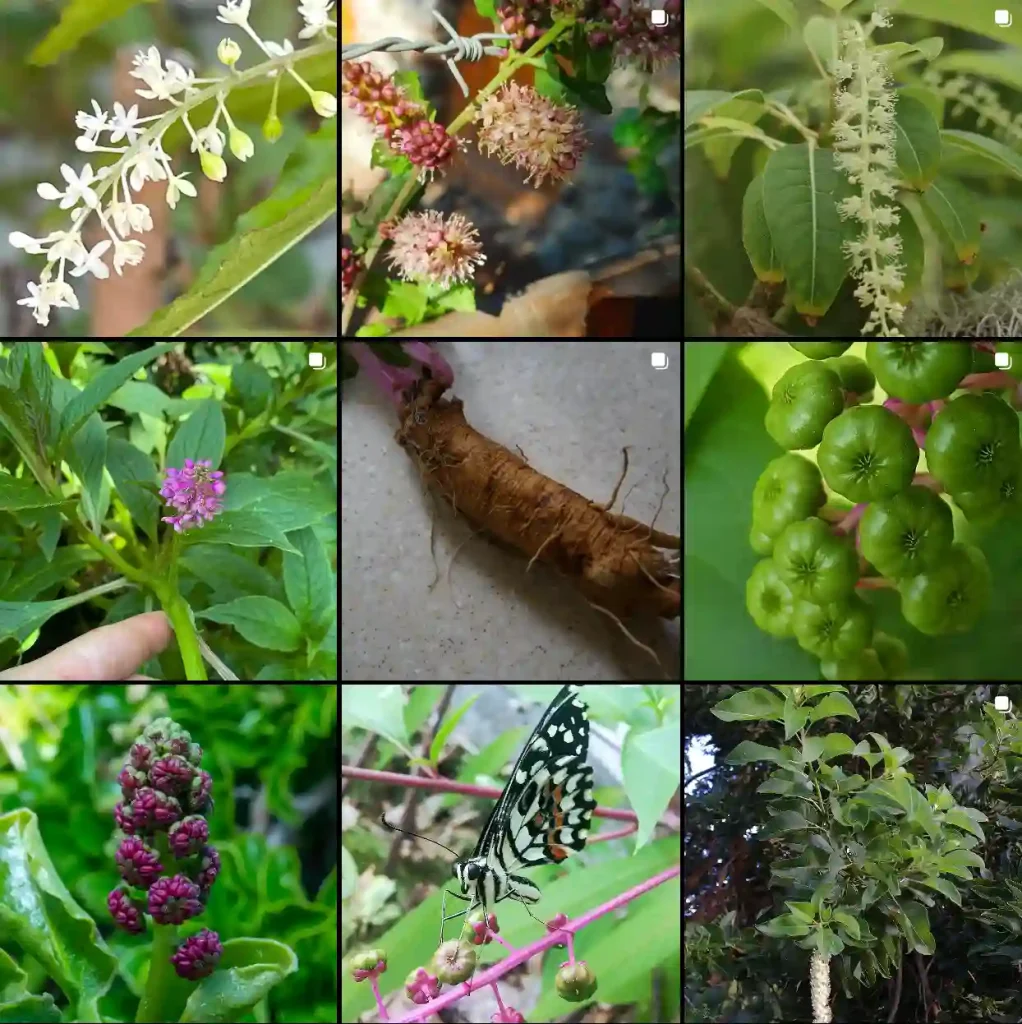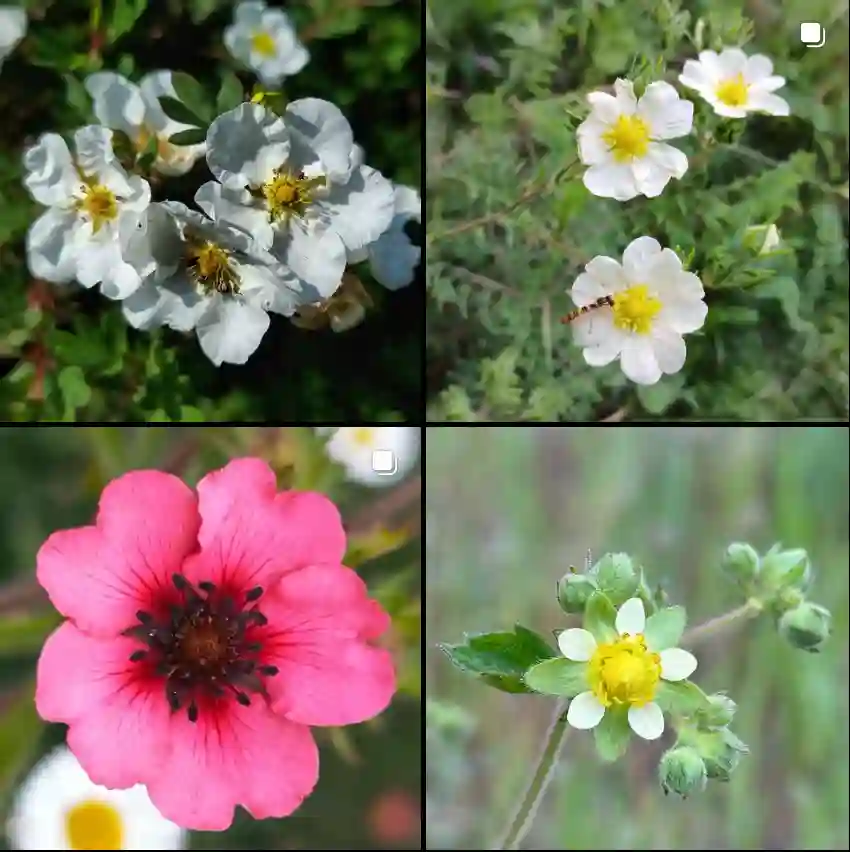What is Deschampsia Flexuosa?
Deschampsia Flexuosa synonym of Avenella Flexuosa, commonly known as wavy hair grass or flexuous hair grass, is a striking perennial grass native to a wide range of habitats, including woodlands, heathlands, and meadows. It’s admired for its delicate, airy seed heads and its graceful, arching foliage. The grass features slender, green leaves that turn golden-brown in the fall, adding visual interest to your garden throughout the seasons.
64 Species in Genus Deschampsia
How to Care for Deschampsia Flexuosa?
Caring for Deschampsia Flexuosa is relatively straightforward, making it a great choice for both novice and experienced gardeners. Here’s a rundown of its care requirements:
- Light: It thrives in full sun to partial shade. In regions with intense sunlight, providing some afternoon shade can help prevent the grass from becoming scorched.
- Soil: This grass prefers well-drained soil but is adaptable to a range of soil types, from sandy to clayey. It’s crucial to avoid waterlogged conditions, as excessive moisture can lead to root rot.
- Watering: Deschampsia Flexuosa is relatively drought-tolerant once established. Regular watering is important during its initial growth phase, but reduce watering as the plant matures.
- Fertilizing: It typically doesn’t require heavy fertilization. A light application of a balanced fertilizer in the spring can promote healthy growth.
- Pruning: Cut back the grass in late winter or early spring before new growth begins. This helps maintain its shape and encourages fresh, vigorous growth.
How to Propagate Deschampsia Flexuosa?
Propagating Deschampsia Flexuosa can be done through seeds or division:
- Seeds: Sow seeds in early spring or late fall. Scatter them on the surface of well-draining soil and lightly press them in. Keep the soil moist but not waterlogged until germination, which typically occurs in 2-4 weeks.
- Division: Divide clumps every 2-3 years to maintain plant health and vigor. In early spring or fall, dig up the plant, separate the clumps, and replant them in well-prepared soil.
What to Plant With Deschampsia Flexuosa?
Deschampsia Flexuosa pairs beautifully with various plants, enhancing both its visual appeal and the overall garden design. Here are a few companion plants:
- Echinacea: The tall, daisy-like flowers of Echinacea complement the airy seed heads of Deschampsia Flexuosa.
- Rudbeckia: With their vibrant yellow blooms, Rudbeckia provides a cheerful contrast to the soft texture of the grass.
- Heuchera: The foliage of Heuchera adds rich color and texture, creating a visually appealing combination.
- Penstemon: The spiky flowers of Penstemon create a dynamic contrast with the graceful blades of the grass.
Is Deschampsia Flexuosa Toxic?
Deschampsia Flexuosa is not toxic to humans or pets. It’s a safe choice for gardens where children or animals may play, offering peace of mind alongside its aesthetic benefits.
Benefits of Deschampsia Flexuosa
This grass offers several benefits:
- Low Maintenance: Once established, it requires minimal care, making it an excellent choice for low-maintenance gardens.
- Versatility: Its adaptability to various soil types and light conditions makes it a versatile plant for different garden settings.
- Seasonal Interest: The grass maintains visual interest throughout the year, with its green foliage turning golden-brown in the fall and its seed heads providing structure in winter.
Common Problems
While Deschampsia Flexuosa is generally trouble-free, a few issues can arise:
- Excess Moisture: Prolonged wet conditions can cause root rot. Ensure good drainage and avoid overwatering.
- Pests: Occasionally, the grass may attract pests like aphids. Regular inspection and treatment with insecticidal soap can help manage any infestations.
Compare with Other Similar Grasses
When comparing Deschampsia Flexuosa to other grasses, such as Carex or Festuca, consider the following:
- Deschampsia Flexuosa vs. Carex: While both are ornamental grasses, Carex tends to have a denser growth habit and is more tolerant of wet conditions. Deschampsia Flexuosa, on the other hand, has a more open, airy appearance.
- Deschampsia Flexuosa vs. Festuca: Festuca grasses, like Festuca glauca, have a more compact, tufted form compared to the arching growth of Deschampsia Flexuosa. Festuca also has a different texture, being more stiff and upright.
Conclusion
Deschampsia Flexuosa is a beautiful and versatile grass that can enhance any garden with its delicate, airy texture and seasonal color changes. With its low maintenance requirements and compatibility with a variety of companion plants, it’s an excellent choice for adding both beauty and functionality to your landscape. Whether you’re a seasoned gardener or just starting, incorporating Deschampsia Flexuosa can elevate your garden’s design and aesthetic appeal.
If i die, water my plants!



